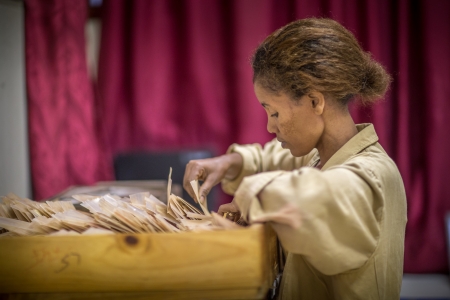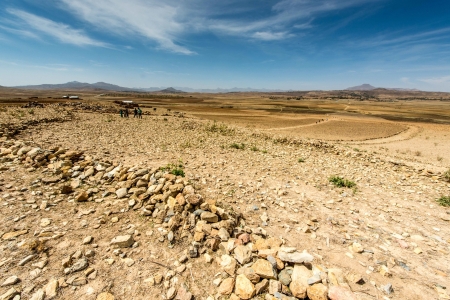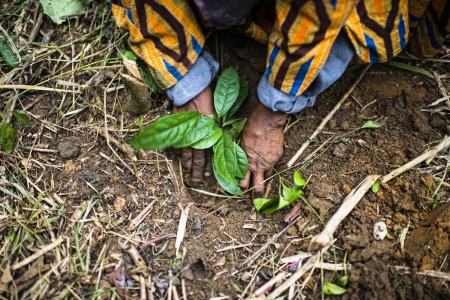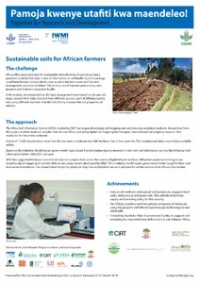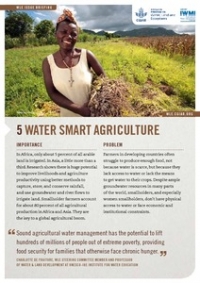A rapid and low-cost spectral technique was used to improve farmers’ understanding of their soils, improving maize yields.
Small-scale farming is the main food security contributor in Sub-Saharan Africa. However, owing to current broad agronomic recommendations, which are largely unvalidated, this subsistence farming is not meeting its role in reducing current yield gaps.
As a result, there is a growing demand for high-precision information on soil conditions and agronomic performance to guide investment decisions on the use of agro-inputs and other land-management interventions.
In 2019, a one-year project was undertaken in Maragua Constituency, Murang’a County, Kenya by World Agroforestry (ICRAF) in partnership with The Nature Conservancy in Kenya (TNC), Syngenta Foundation for Sustainable Agriculture (SFSA), CGIAR-WLE and Murang’a County Government to test the viability of sustainable intensification built on a foundation of good soil health and management; use improved inputs, seed and cropping practices to increase productivity and incomes; and reduce environmental impact.
The project sought to catalyze farmers' understanding of the need to invest in soil testing.
‘Unsustainable agricultural practices led to high rates of soil erosion resulting in loss of soil fertility, low yields, poor crop protection and water-quality impacts,’ said Sitienei Ruth, a soil scientist at the Africa Program of TNC. ‘The project will help greatly improve soil health in the area as well as soil organic carbon sequestration.”
To start the project, capacity building was conducted in Murang’a to enhance interaction and create synergy between counterpart research institutions, the County Government and smallholders. It also equipped the participants with knowledge about identifying scientific soil-sampling techniques as well as potential sampling locations.
‘Three-quarters of the world’s poorest people get their food and income by farming small plots of land,’ said Ermias Betemariam, a land health scientist at ICRAF. ‘Poor soil fertility and nutrient availability are the major biophysical limitations.’
Second, soil, plant and grain samples were collected to study soil- and plant-health conditions to identify constraints for targeting interventions to improve maize production in the County. The samples were analyzed using a combination of wet chemistry and infrared measurement to comprehensively assess soils on the selected farms. To keep testing costs manageable, the project focused primarily on an innovative infrared approach for measuring soil properties at ICRAF’s Soil–Plant spectral diagnostics laboratory.
Results from the analysis showed that soils in the area were deficient in both macro- (nitrogen, phosphorus and potassium) as well as micro-nutrients (boron, zinc, manganese and copper), which significantly reduced suitability for maize production.
This was caused by the farmers mainly using diammonium phosphate and calcium ammonium nitrate fertilizers both for basal and top-dressing applications. Another cause was that most farmers applied animal manure on their farms, which even though it is high in organic matter has a low concentration of nutrients needed for plants. To address this, the farmers were advised to increase the application of nitrogen, phosphorous and potassium (NPK) fertilizers. Less than 15% of the farmers in the study area were using it. For higher maize yields, all the micro-nutrient deficiencies had to be addressed.
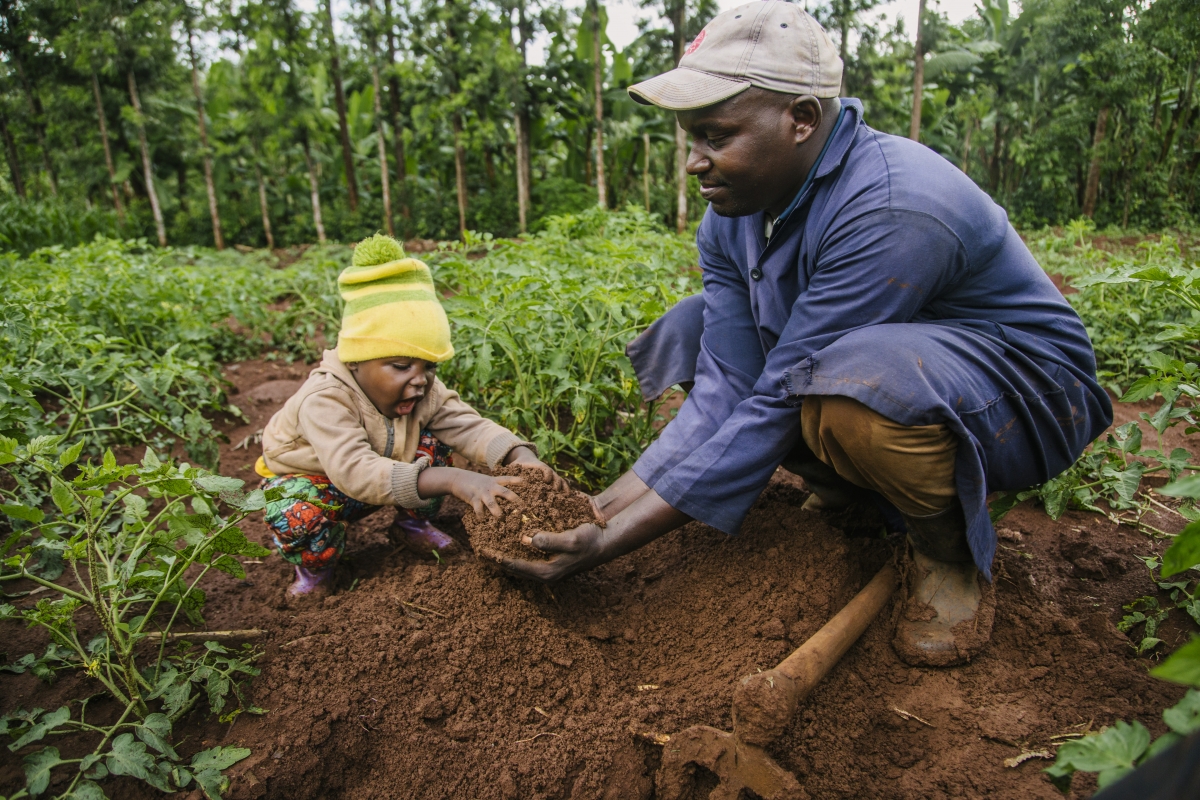
Comparatively, the results of the plant analysis indicated lack of NPK as the major constraint. Nitrogen and phosphorus were critically low in the early growth and development stages.
Furthermore, yields of maize grain had a wide range of 0.6–6.1 tonnes per hectare. This indicated that the area had the potential to increase yields, especially for those who had lower than the average value, by using improved production systems.
For fertilizer application, the most viable recommendation was to use blended fertilizers that incorporate both macro- and micro-nutrients. Farms that had acidic soils required liming or organic material, like crop residues, to reduce acidity.
Moreover, to improve land health as well as curb loss of soil and nutrients from water erosion, several agroforestry interventions were suggested. These included increasing ground cover with vegetation; enhancing physical, chemical and biological soil characteristics; and adoption of mulch. Mulch is very helpful in reducing evaporation and enhancing soil fertility at the same time. The most effective sort is organic mulch because it enhances soil fertility after decomposition, enhances the soil structure and encouraging the development of soil organisms.
These results were very similar to a different project carried out earlier in Machakos County, Eastern Kenya. This could be an indication that this is a widespread problem in Kenya, a country where the staple food is maize.
‘I have learned the proper timing to use manure and fertilizer,’ said Douglas Mungai, a participating farmer, after learning how to take care of soil health. ‘I have also learnt to preserve and take care of soil.’
In conclusion, the use of a soil and the agronomic survey was important for understanding the causes of the yield gap and target interventions to increase crop production. The results from the soil diagnostics were then be used to both provide spatial decision-making support and to indicate where to grow selected crops whilst also serving as a basis for improved protocols for use of inputs and crop management.
‘In this project,’ said Betemariam, ‘we have demonstrated the use of soil- and plant-health evaluation using a rapid and low-cost spectral technique to gain insight on management practices that could improve crop production for smallholding farmers in Murang’a County.’
World Agroforestry WLE and other partners have developed and shared this low cost soil spectroscopy technology. Researchers have been using it to measure and map soil and plant properties, to help decision makers match soil problems with appropriate solutions.
Originally published on the World Agroforestry blog


